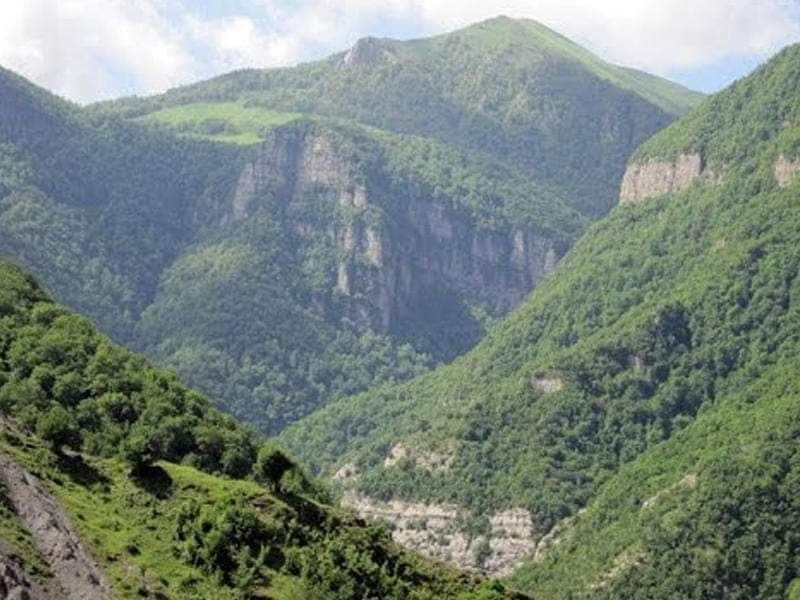BAKU, Azerbaijan, Nov. 4
By Ilhama Isabalayeva - Trend:
The human impact on the nature of Karabakh led to the reduction or complete destruction of a number of valuable and rare plants, Head of the Ethnobotany Laboratory of the Institute of Botany of the Azerbaijan National Academy of Sciences (ANAS), Doctor of Biological Sciences, Professor Sayyara Ibadullayeva told Trend.
“The vegetation in the occupied lands should be studied with a preliminary classification according to the types: semi-desert and semi-steppe (up to 400 m above sea level), steppe vegetation (400-800 m), mesophilic forests (1,000-2,000 m), alpine vegetation (2,000 -2,500 m), alpine-subalpine (2,200-3,000 m), rocky vegetation (the Murovdagh region is higher than 3,000 m)," she said.
“However, there are plants that grow only in Karabakh. In order to permanently preserve the genetic resources of the country's vegetation and to determine its current state, floristic and systematic studies are needed. During the systematic research, centers of the main form diversity, nature of the distribution of hereditary diversity, and the intensity of speciation should be studied,” Ibadullayeva said.
“The taxonomic composition of the occupied botanical-geographic regions includes about 2,500 (50 percent) plant species for which we have no information on population-based indicators, habitat and final state. In some territories, wild plants were completely destroyed by the Armenians, narcotic plants were grown in their place,” said the head.






